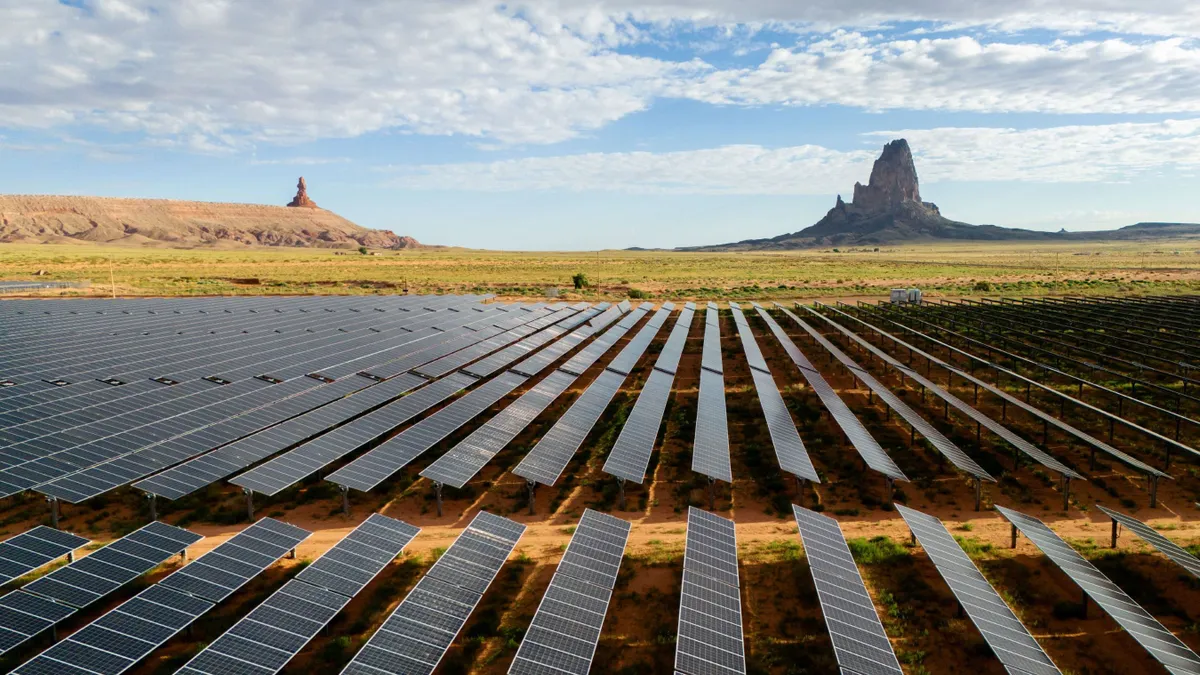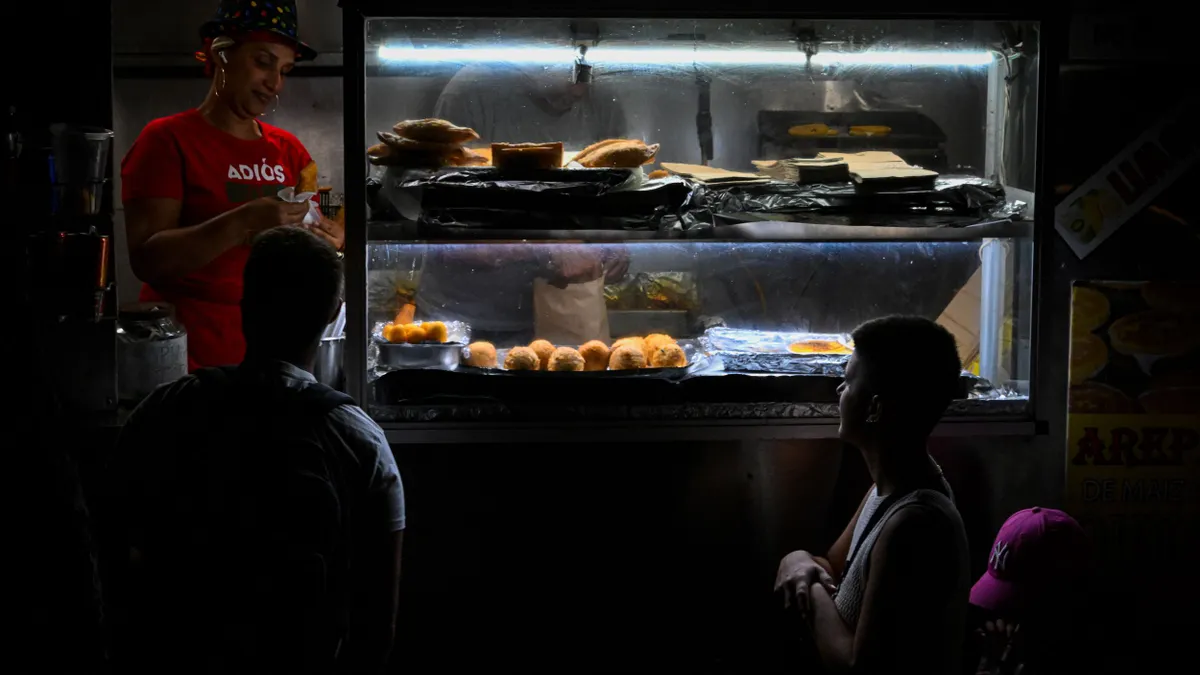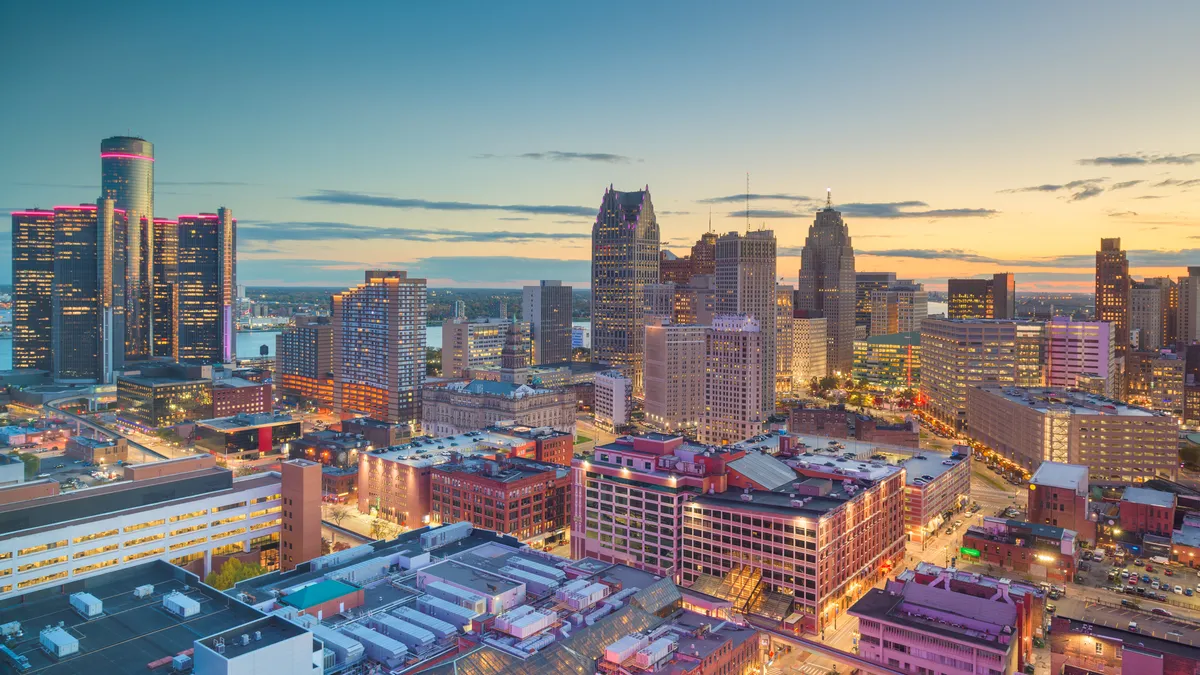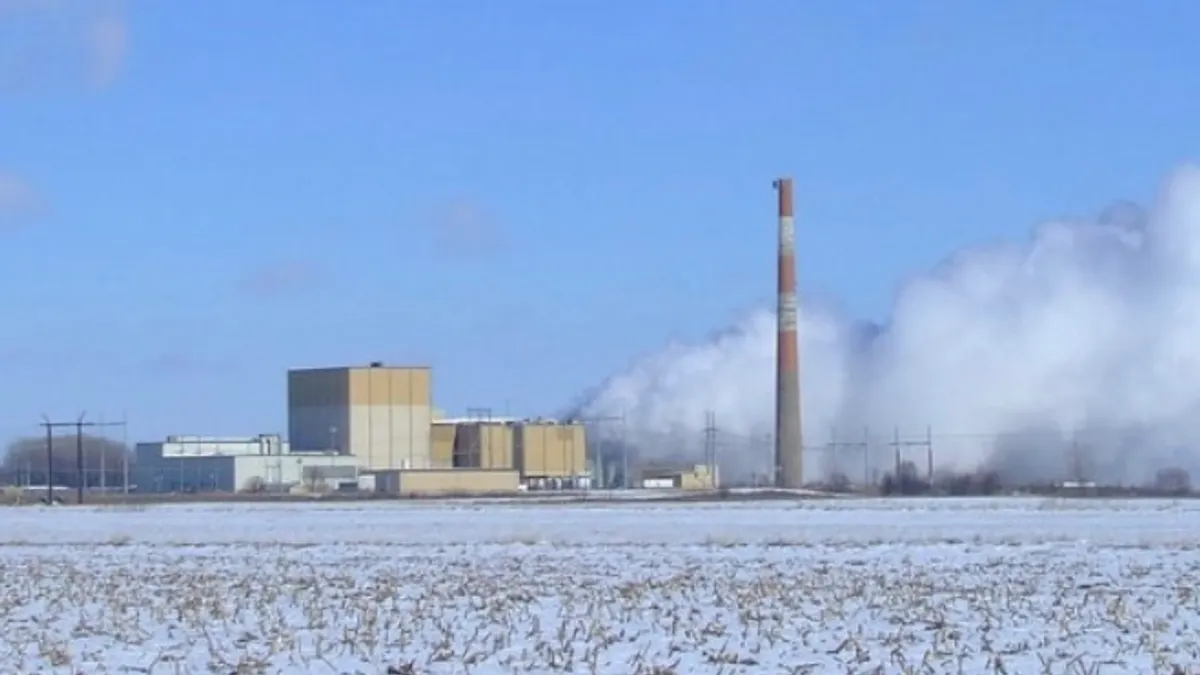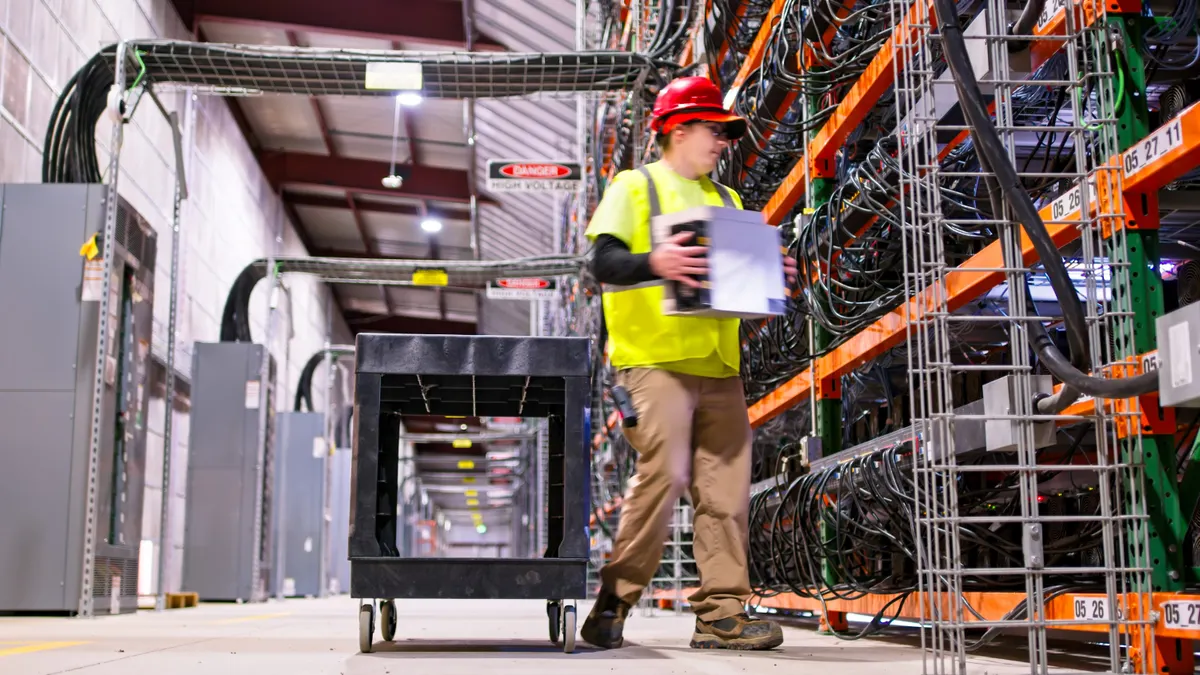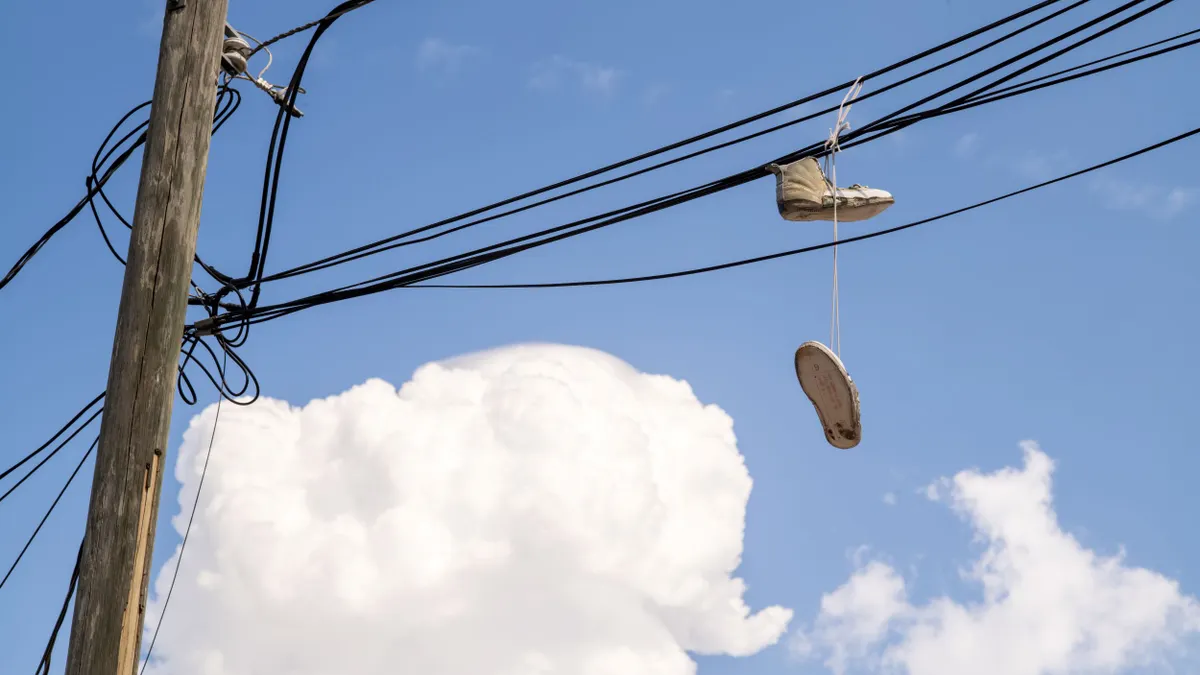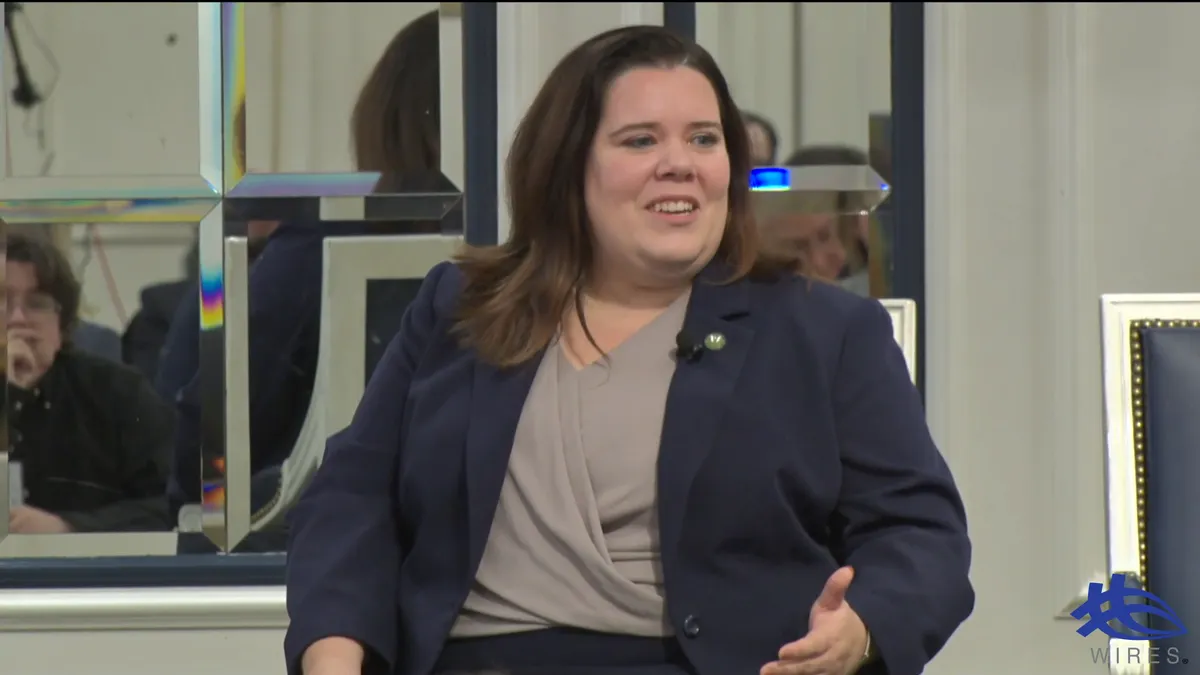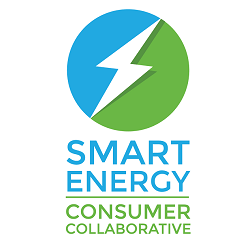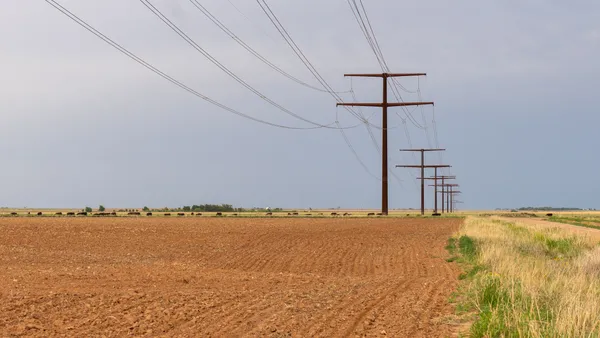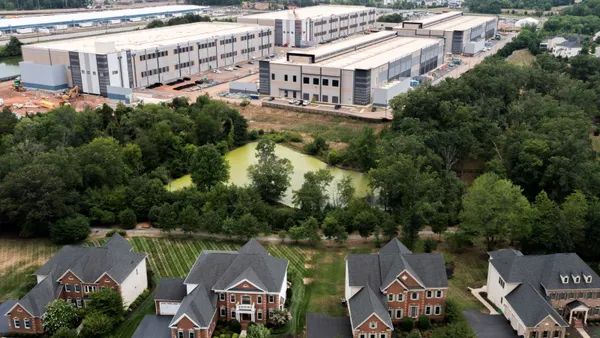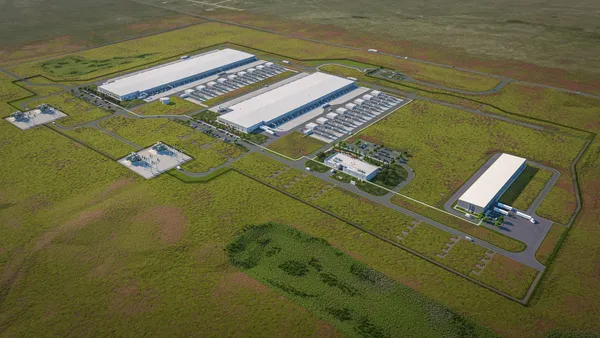The Inflation Reduction Act authorized hundreds of billions in federal support to bolster clean energy projects nationwide – but interconnection queues remain backlogged, and the Federal Energy Regulatory Commission’s commercial readiness requirements can require project developers to pay $5 million to remain in the queue.
These delays and costs are felt acutely by tribal nations in the U.S., said Chéri Smith, CEO of the Alliance for Tribal Clean Energy. Utility-scale renewables projects are “big economic engines” that could replace the jobs lost by fossil fuel closures and provide reliable energy to remote and impoverished tribal communities, Smith said.
Many tribes see energy as “the last hope to regain true sovereignty,” she said, and the opportunity to sell power and participate in energy markets as a way to recover from the economic disruptions of deforestation, the damming of rivers, the near-extinction of the buffalo, and fossil fuel closures like the 2019 shutdown of the Kayenta coal mine.
That shutdown reduced the Hopi budget by around 80%. The Hopi Utility Corporation, with support from Inflation Reduction Act funding, is now looking to bring online 400 MW of solar and energy storage generation that would create jobs and provide first-time access power to around 900 homes on the reservation, but had to come up with millions to keep their place in the Arizona Public Service interconnection queue, said Smith.
“When FERC issues the request for your commercial readiness deposit, they require it usually within 14 to 30 days,” Smith said. “They gave [the Hopi] 30 days to come up with $7.5 million. For the majority of our tribes, that is impossible.”
"We have petitioned FERC on behalf of the tribes we serve to waive [or defer] the commercial readiness deposit ... and to allow tribes to remain in the interconnection queue," Smith said. FERC previously lowered the deposit requirement from $7.5 million to $5 million, Smith said.
While the Hopi were able to secure investor funding, every investor “takes a little – or big – piece of equity along the way,” she said.
A request for exemption
FERC updated the interconnection process last year with Order 2023, which sought to limit speculative interconnection requests by imposing withdrawal penalties and requiring the payment of several million in commercial readiness deposits.
In August, the alliance filed a petition with FERC alleging that tribal interconnection requests are not made speculatively, and requesting exemption from the first three commercial readiness deposits and a portion of the withdrawal penalties. FERC will host the first of two virtual consultations about the petition on Oct. 28.
In addition, the alliance last month launched the Indigenous Power & Light Fund for Energy Sovereignty, with the goal of raising $100 million to fast-track tribal clean energy projects by financing upfront costs not covered by federal funding.
Smith said that the federal attention to this obstacle and the support the alliance has seen from FERC have been “momentous …. It's never happened before.”
“This administration, and especially Chairman Phillips himself and the FERC Office of Public Participation, their whole team have paid attention,” she said. “We have met with them in person multiple times about this matter. They're taking it very seriously.”
During a Department of Energy press call Wednesday, Wahleah Johns, director of DOE’s Office of Indian Energy, highlighted some of the department’s recent investments in tribal energy projects – including a $72.8 million partial loan guarantee for a solar-plus long-duration energy storage microgrid on the Tribal lands of the Viejas Band of the Kumeyaay Indians, and $9.8 million for 24 solar-plus-storage microgrid sites across Red Cliff Band Tribal Lands and Bayfield County in Wisconsin.
“You see this influx of federal investment now that is available, and tribes are doing an amazing job at submitting applications and winning a lot of these competitive grants that are out there to support their energy vision,” Johns said.

The freedom to build renewables – or not
In addition to the commercial readiness deposit, the fund will also assist tribes with the cost of pre-development activities like feasibility studies, engineering studies and permits.
Addressing the issue of the upfront cost barrier now is key, as it lays the foundation for more tribes to construct utility-scale projects in the future, said Onna Labeu, the Indigenous Power & Light Fund’s managing director and the former director of the Office of Indian Economic Development at the U.S. Department of the Interior.
“And the momentum right now where the federal government is with respect to reaching the goal of net zero emissions – there are communities that are way ahead of everybody else, but the tribal communities are significantly behind,” she said. “If you have homes that don't have electricity in them, do you believe that they're really thinking about clean energy – not to mention the cost?”
During the DOE call, Johns fielded a question regarding an August article in Nature Energy that found reservation lands “are 46% less likely to host wind farms and 110% less likely to host solar than comparable adjacent lands,” due in part to regulatory uncertainty – and putting tribes at risk of forgoing a potential $19 billion in lease and tax earnings by 2050.
“I have not seen that article, and I think the way that tribes have been planning is based on meeting their needs – whether it's backup power, power reliability, and just solving for some of the .... gaps that they feel are impacting their everyday lives,” Johns said.
Another reporter asked how DOE balances its clean energy goals with sovereignty for tribes that want to continue pursuing fossil fuel development rather than build clean energy.
“At the Department of Energy, we are here to help support tribes carry out their energy vision, whatever that is,” Johns said.
There are currently 574 federally recognized tribes in the U.S., and energy sovereignty will look different to each, Smith said. “But largely, the sentiment is that we can't be controlled by whoever provides our energy.”
In a 2021 survey of tribal communities from DOE’s Office of Indian Energy, 72% of respondents said their tribe does not own any portion of the electrical infrastructure in their community, and described an average of 10.5 electricity outages per year – 6.5 times higher than the national average of 1.6.
The survey was part of a 2023 report that found the three most significant barriers to renewable energy development on tribal lands are “funding and financing, infrastructure, and Tribal leadership and staff capacity.”
“Building our own energy infrastructure to the extent that we're able to as tribes is a serious quest,” Smith said, pointing to the frequent outages, steep electricity prices and barriers to electrification on tribal lands. In the worst cases, like extreme weather events, a lack of reliable energy leads to deaths from exposure. “How can we call ourselves sovereign when we're at the mercy of that kind of scenario?”
Editor's note: We have updated this story and its subhead to clarify that the commercial readiness deposit can, but does not always, cost tribes $5 million.



